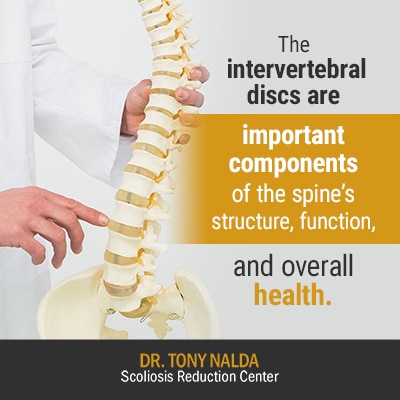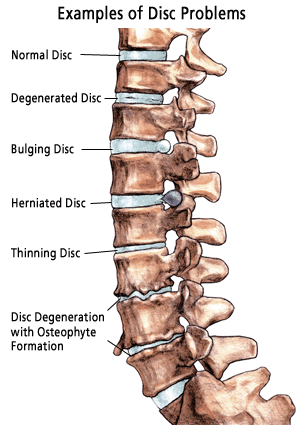


As the vertebrae above or below begin to compress the disc, it can begin to bulge outward. The discs are made of a flexible fibrous outer layer (known as the annulous fibrosis), which keeps the protein-based fluid (known as the nucleus pulpous) inside of the disc.īoth the vertebrae and intervertebral discs are part of the spine and, for that reason, reside in close proximity to the nerves that run through the spine and control many motor and neurological functions.Ī bulging disc is very similar to what the name implies and is often the result of compression on the spinal disc due to the aging process or trauma. The intervertebral discs serve as the shock absorbers of the spine, as well as prevent the vertebrae of the spine from rubbing against one another. To truly understand the difference between a bulging disc and a herniated disc, it is important to know makes up the discs of the spine and what their function is. While both of these conditions can cause symptoms that include both localized and radiating pain, the difference in severity of each condition is what is most important for patients to know. Two of the most commonly confused diagnoses are a bulging disc and a herniated disc.

When it comes to diagnosing the cause of chronic back or neck pain, patients can be met with a variety of terms that are difficult to decipher.


 0 kommentar(er)
0 kommentar(er)
